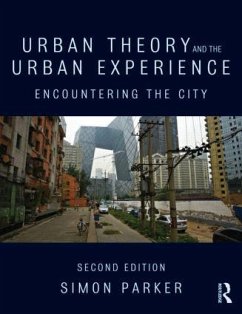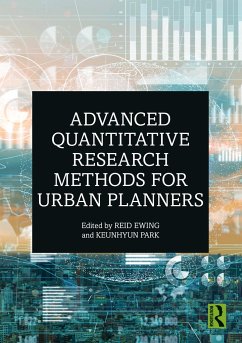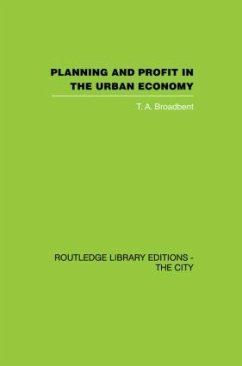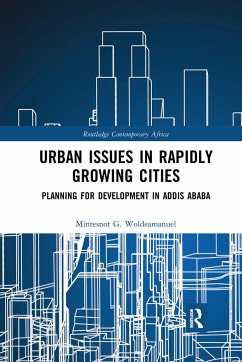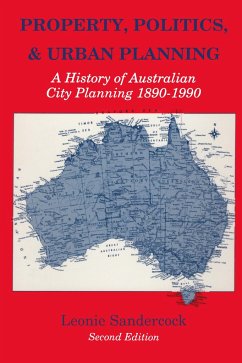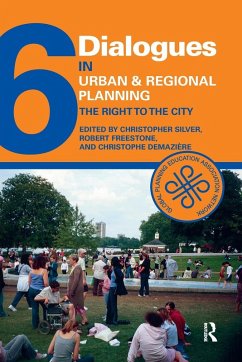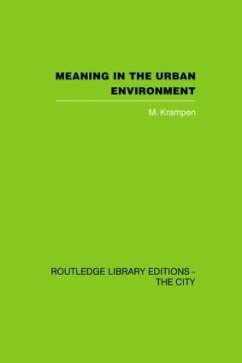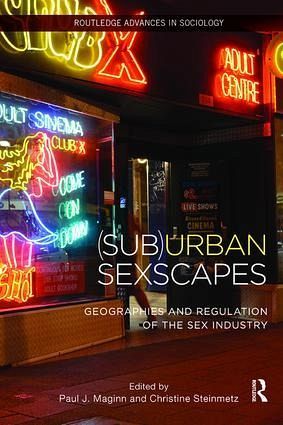
(Sub)Urban Sexscapes
Geographies and Regulation of the Sex Industry
Herausgeber: Maginn, Paul; Steinmetz, Christine
Versandkostenfrei!
Versandfertig in 1-2 Wochen
62,99 €
inkl. MwSt.

PAYBACK Punkte
31 °P sammeln!
(Sub)Urban Sexscapes presents a mix of geographical, sociological, urban planning and legal viewpoints of the commercial sex industry - sex shops, strip clubs, gentlemen's clubs, brothels and sex workers. The collection showcases contemporary and historical examples of the location, impacts and regulation of commercial sex industry activities in the USA, UK, Australia and Morocco.






